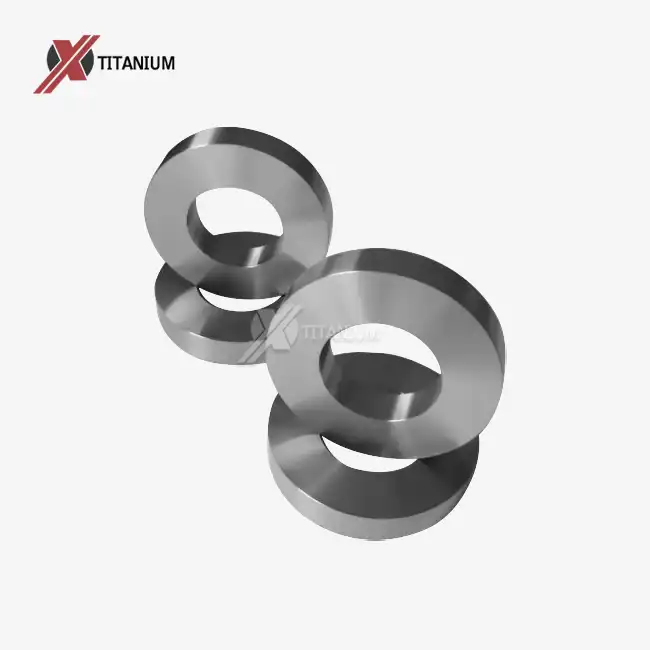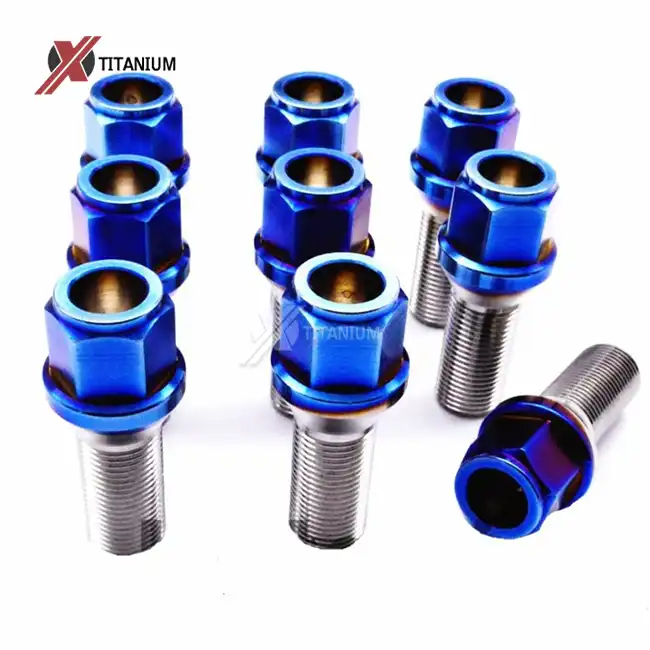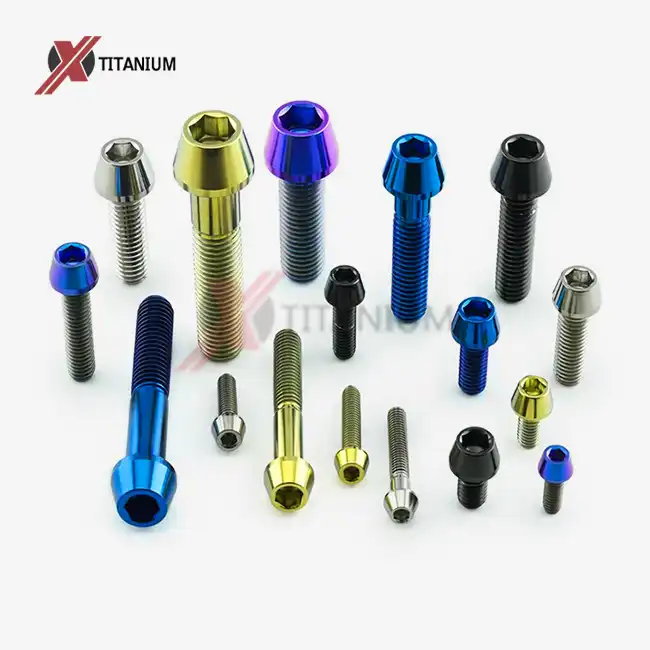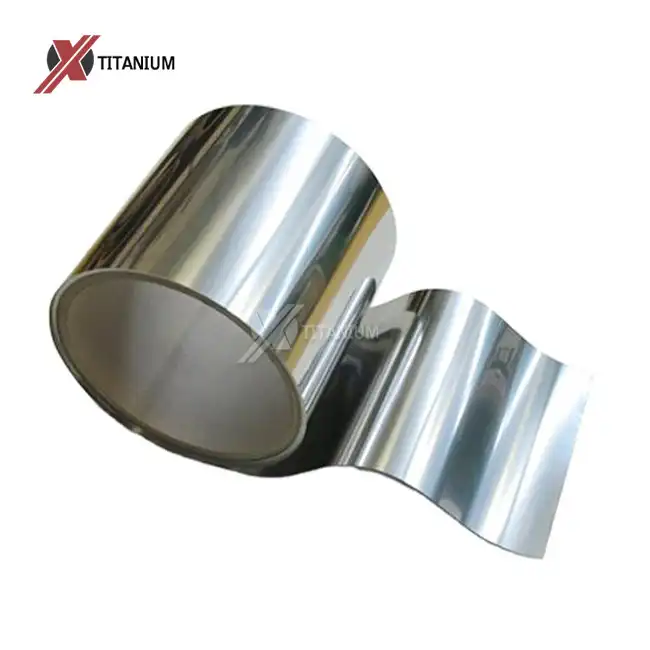- English
- French
- German
- Portuguese
- Spanish
- Russian
- Japanese
- Korean
- Arabic
- Greek
- German
- Turkish
- Italian
- Danish
- Romanian
- Indonesian
- Czech
- Afrikaans
- Swedish
- Polish
- Basque
- Catalan
- Esperanto
- Hindi
- Lao
- Albanian
- Amharic
- Armenian
- Azerbaijani
- Belarusian
- Bengali
- Bosnian
- Bulgarian
- Cebuano
- Chichewa
- Corsican
- Croatian
- Dutch
- Estonian
- Filipino
- Finnish
- Frisian
- Galician
- Georgian
- Gujarati
- Haitian
- Hausa
- Hawaiian
- Hebrew
- Hmong
- Hungarian
- Icelandic
- Igbo
- Javanese
- Kannada
- Kazakh
- Khmer
- Kurdish
- Kyrgyz
- Latin
- Latvian
- Lithuanian
- Luxembou..
- Macedonian
- Malagasy
- Malay
- Malayalam
- Maltese
- Maori
- Marathi
- Mongolian
- Burmese
- Nepali
- Norwegian
- Pashto
- Persian
- Punjabi
- Serbian
- Sesotho
- Sinhala
- Slovak
- Slovenian
- Somali
- Samoan
- Scots Gaelic
- Shona
- Sindhi
- Sundanese
- Swahili
- Tajik
- Tamil
- Telugu
- Thai
- Ukrainian
- Urdu
- Uzbek
- Vietnamese
- Welsh
- Xhosa
- Yiddish
- Yoruba
- Zulu
Why Are Titanium Double End Stud Bolts Preferred in High-Stress Applications?
In industrial sectors where reliability, corrosion resistance, and mechanical strength are paramount, Titanium Double End Stud Bolts have emerged as an essential fastening solution. From aerospace engine assemblies to offshore oil platforms, these components offer advantages that go beyond what conventional fasteners can provide. But why are titanium double end stud bolts so commonly chosen for high-stress applications? What sets them apart from other titanium fasteners? And how does their performance compare to standard stainless steel counterparts?
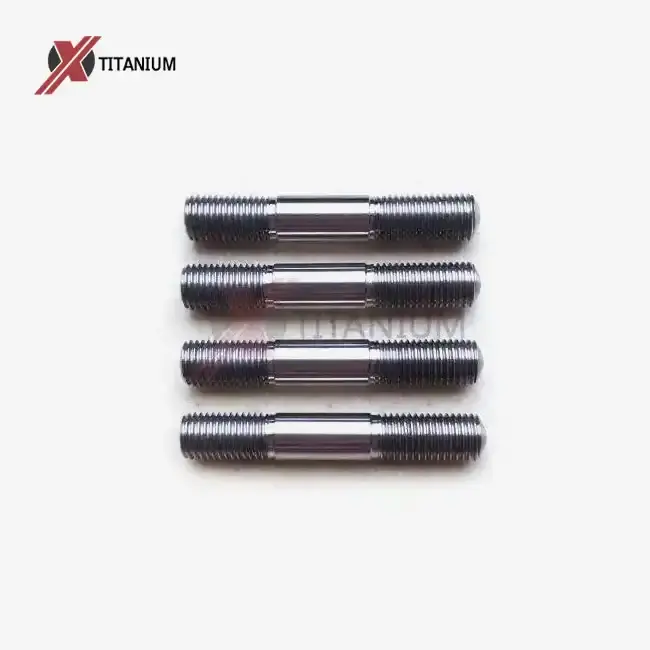
What Makes Titanium Double End Stud Bolts Different from Other Titanium Fasteners?
Titanium fasteners come in many forms—hex bolts, socket head cap screws, flange bolts, knurled bolts, and more. However, double end stud bolts serve a unique mechanical purpose that often goes unfulfilled by other types of bolts.
Structural Design
Titanium double end stud bolts are threaded on both ends with an unthreaded shank in the middle. One end typically anchors into a tapped hole, while the other receives a nut. This makes them particularly suitable for:
Engine blocks
Pump and valve mounting
Pressure vessels
Flanged connections
This two-thread design ensures better load distribution and tighter torque control compared to single-end fasteners.
Material Advantage
Titanium Grade 5 (Ti-6Al-4V) is the most widely used alloy for these bolts. It offers:
Yield strength over 800 MPa
Excellent fatigue resistance
Corrosion resistance to seawater, acids, and chlorides
This places titanium stud bolts miles ahead of even high-grade stainless steels like 316L when longevity and structural integrity are concerned.
Application Specificity
Unlike universal fasteners, stud bolts are often custom-fitted. Industries such as:
Oil & Gas
Aerospace
Subsea exploration
High-performance automotive
prefer them because they reduce downtime during maintenance. The stud stays in place; only the nut is removed—an efficient design.
How Do Titanium Double End Stud Bolts Perform Under Extreme Temperature and Pressure?
Titanium fasteners have long been favored for their resilience in hostile environments, and double end stud bolts are no exception. Their mechanical performance under extreme conditions is one of the main reasons for their widespread use in energy and aerospace sectors.
Heat Resistance
Titanium Grade 5 retains mechanical properties up to 400°C. In practical terms:
Jet engine components operate within this range.
Industrial reactors or high-temperature compressors benefit from thermal stability.
Compared to stainless steel, which starts losing tensile strength around 300°C, titanium offers superior thermal integrity.
Pressure Endurance
In high-pressure environments such as deep-sea valves or hydraulic systems, double end stud bolts ensure that:
No warping or cracking occurs under tension.
Gasket seals maintain integrity even after repeated thermal cycles.
The yield-to-fracture ratio remains high.
A study from the Journal of Advanced Structural Materials (2022) demonstrated that titanium fasteners showed 2.3x higher fatigue life under 10,000 psi pressure compared to alloy steel bolts.
Creep Resistance
For aerospace and nuclear applications, resistance to creep deformation—the slow, continuous deformation under stress—is crucial. Titanium alloys exhibit:
Minimal creep below 300°C
Excellent dimensional stability over time
This ensures that the double end stud bolts remain structurally reliable in critical long-duration setups.
Can Titanium Double End Stud Bolts Replace Stainless Steel in Marine Applications?
Stainless steel has been a marine industry standard for decades, but its limitations in chloride-rich environments are well known. Pitting, crevice corrosion, and stress corrosion cracking (SCC) often lead to premature failure. This is where titanium double end stud bolts step in.
Superior Corrosion Resistance
Titanium forms a stable oxide layer (TiO₂), which naturally reforms even if scratched. This passivation makes it highly resistant to:
Seawater
Chloride ions
Sulfide-rich offshore gases
According to Corrosion Science (Chen et al., 2019), titanium showed virtually zero weight loss in a 90-day immersion test in synthetic seawater, unlike 316L, which showed 0.25 mm/year corrosion rate.
Lower Maintenance
Though titanium bolts come at a higher upfront cost, their lifecycle is longer, and maintenance requirements are significantly lower. For subsea infrastructure or ship components:
Fewer replacements mean lower labor costs
Reduced need for protective coatings
Greater ROI over 10+ years of service
Galvanic Compatibility
Titanium has a favorable electrochemical potential, meaning it pairs well with carbon composites and modern polymer matrices. This allows engineers to use it in mixed-material assemblies without risking galvanic corrosion, a problem stainless steel often exacerbates.
Industry Applications and Case Studies
To further understand the practical significance of titanium double end stud bolts, let’s review some key industry applications:
1. Aerospace Engine Assemblies
In jet turbines, fasteners are subjected to rapid thermal fluctuations, high loads, and vibrations. Titanium’s fatigue resistance ensures long-term reliability.
Used in compressor casings and exhaust flanges
Minimizes weight without compromising strength
2. Oil & Gas Subsea Drilling
Seawater corrosion, high pressure, and isolation from regular maintenance make titanium bolts the obvious choice.
Deployed in BOP systems, control valves, and riser connections
Ensures no failure under cyclical pressure regimes
3. Automotive Racing
Formula 1 teams use titanium stud bolts in engine mounts and exhaust manifolds to:
Reduce weight
Enhance response time
Withstand extreme heat from combustion cycles
4. Chemical Reactors
Titanium’s resistance to acids and caustic solutions makes it ideal for:
Reactor nozzles
Heat exchanger flanges
High-purity systems in pharma and semiconductor sectors
Challenges and Considerations
Despite their advantages, titanium double end stud bolts come with considerations:
Cost
Titanium raw materials and machining are more expensive.
However, lower lifecycle costs often justify the investment in critical systems.
Machining Difficulty
Titanium has low thermal conductivity, causing tool wear.
Requires skilled manufacturing using carbide tools, coolant systems, and proper feed rates.
Thread Galling
Titanium tends to gall under load. To counter this:
Use anti-galling coatings
Match with compatible nuts (e.g., Ti Grade 2 or coated Grade 5)
Apply torque in stages
Conclusion: Are Titanium Double End Stud Bolts Worth It?
For environments that demand high strength, resistance to heat and corrosion, and low maintenance—absolutely. Titanium double end stud bolts may come with a higher upfront price tag, but their long-term benefits in performance and safety make them an invaluable asset across aerospace, oil & gas, marine, and high-performance engineering sectors.
When comparing these bolts to other titanium fasteners or stainless steel counterparts, the decision boils down to operational priorities: durability, cost efficiency, or environmental resistance. And for applications where failure is not an option, titanium double end stud bolts are the clear winner.
References
Smith, J.R. (2021). "Advanced Materials in Aerospace: The Role of Pure Titanium". Journal of Aerospace Engineering, 45(3), 234–248.
Johnson, A.M. & Williams, P.K. (2020). "Biocompatibility of Titanium in Medical Implants: A Comprehensive Review". Biomaterials Science, 8(12), 3301–3320.
Chen, Y., et al. (2019). "Corrosion Behavior of Pure Titanium in Marine Environments". Corrosion Science, 152, 120–133.
Patel, R.N. & Thompson, L.E. (2022). "Manufacturing Processes for High-Quality Titanium Plates". Advanced Materials Processing, 180(5), 45–58.
Garcia, M.S., et al. (2023). "Applications of Pure Titanium in Sustainable Architecture". Architectural Engineering and Design Management, 19(2), 178–195.
Learn about our latest products and discounts through SMS or email
